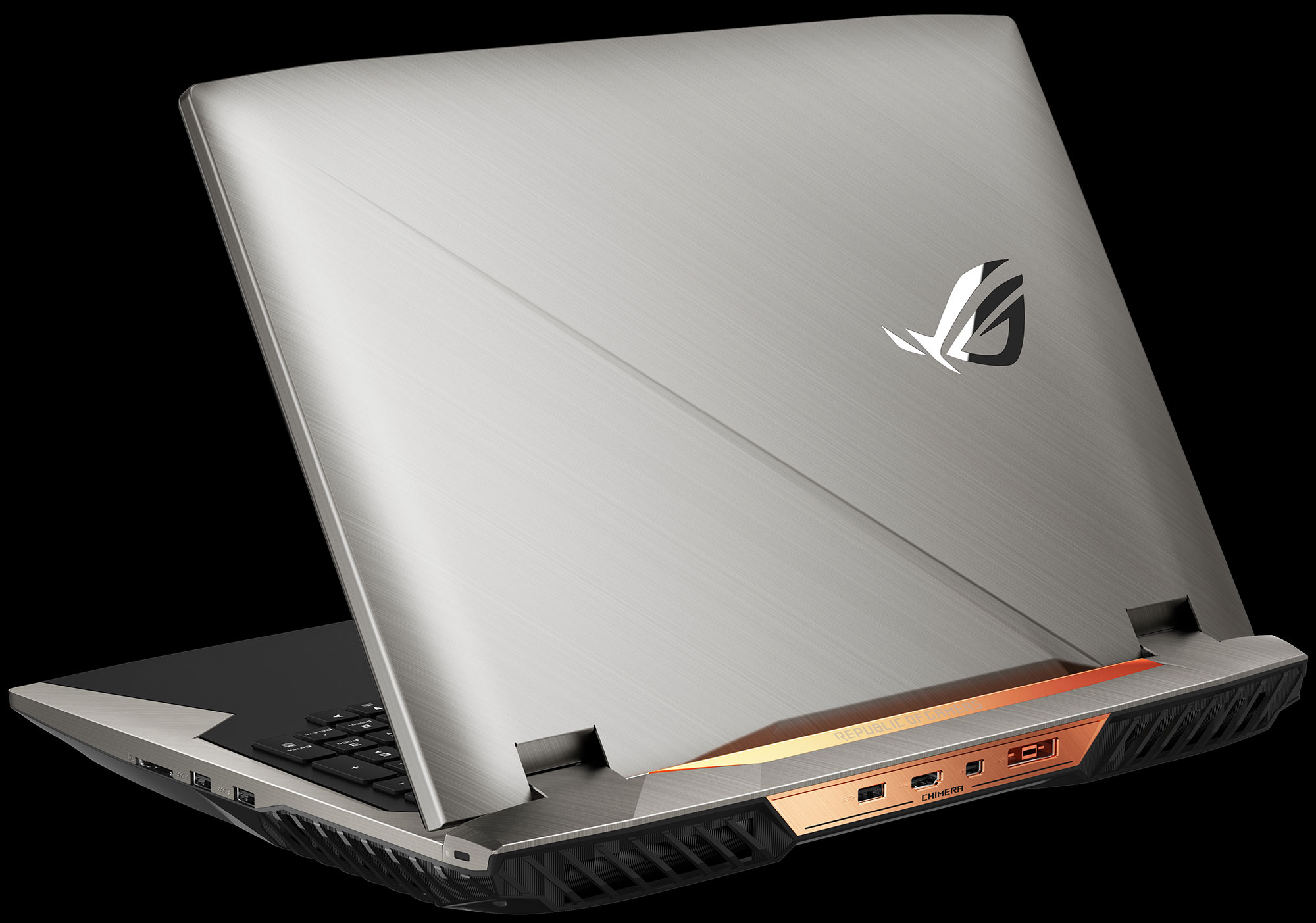Introducing the ROG Chimera gaming laptop and its ultra-fast 144Hz display
Desktop replacement laptops face a stiff challenge. They’re designed to replicate the experience on a high-performance platform that’s constantly evolving, but they don’t have the luxury of a larger form factor. Trying to match desktop gaming raises the difficulty level even further, because there’s much more to the experience than just the chips under the hood. Cooling is extremely important, since it dictates how much horsepower you can actually use, and the display and keyboard provide critical connections to the game.
The designers and engineers in the Republic of Gamers took all those factors into account when developing the new ROG Chimera gaming laptop. They paired a cutting-edge Intel Core i7-7820HK CPU and NVIDIA GeForce GTX 1080 GPU with powerful cooling that lets you overclock beyond stock speeds. Then they added an ultra-smooth 144Hz G-Sync display with 7-ms pixel response and upgraded the keyboard with a new layout, longer travel, and per-key RGB lighting. The result is a laptop that rivals the premium gaming experience available on high-end desktops.
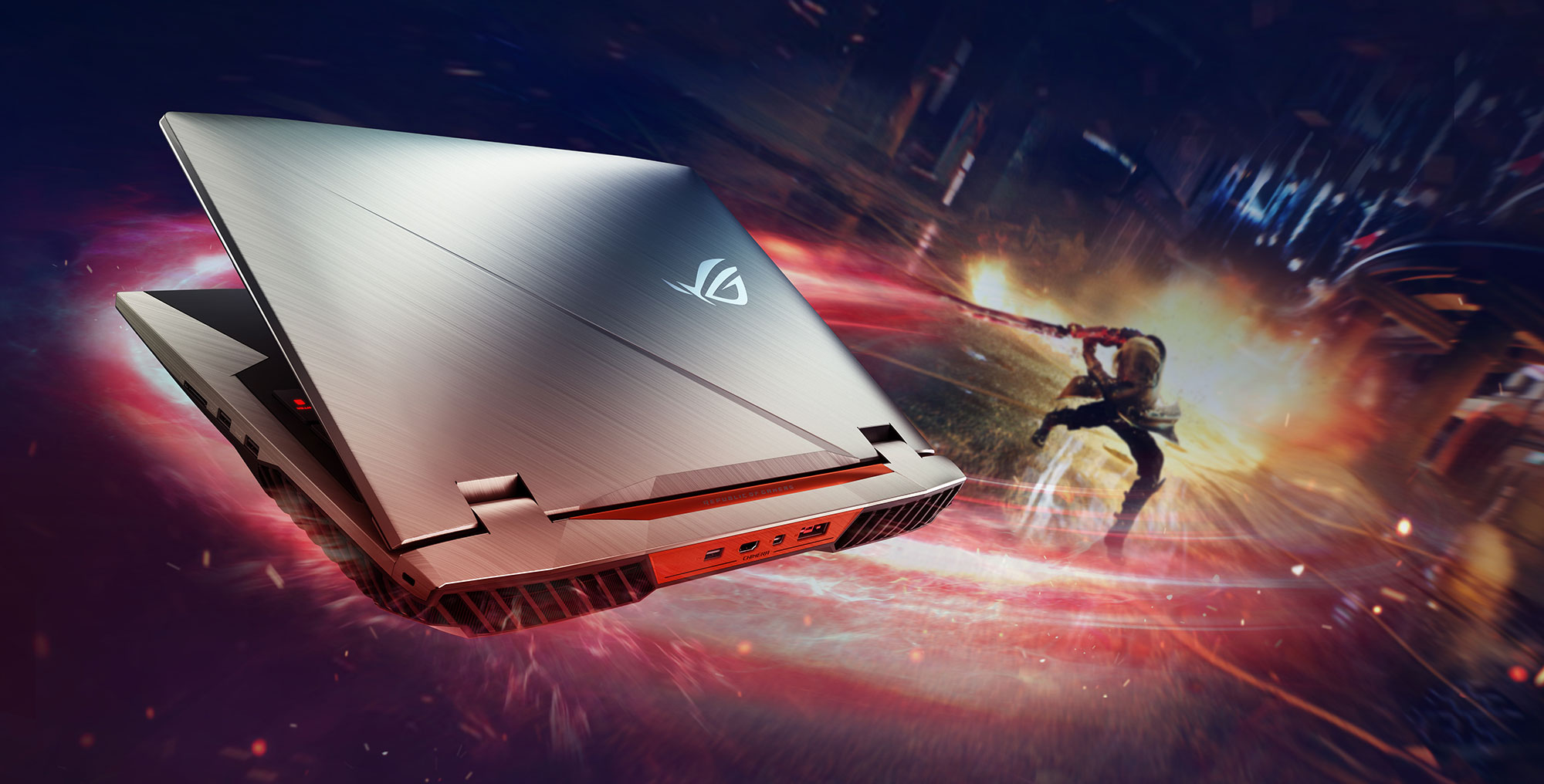
Tuned for a true 144-FPS gaming experience
Gamers and esports players are increasingly flocking to high-refresh monitors for fluid visuals and improved responsiveness. The Chimera's 144Hz display is capable of keeping up with frame rates as high as 144 FPS, which translates to silky smooth graphics and gameplay that are especially apparent in fast-paced titles. We didn’t have to sacrifice picture quality, either. The 17.3” IPS-type panel has rich colors and wide viewing angles that ensure games look their best whether you’re playing solo or sharing the screen for multiplayer.
IPS-type laptop displays typically have slow response times that produce visible ghosting behind fast-moving objects. Their individual pixels usually take around 25 milliseconds to switch between shades of gray, but we worked closely with our panel partner to cut that time to just 7 ms, which neatly matches the 6.9-ms delay between the screen’s refresh cycles. When a new frame is ready to be drawn, the remnants of the old one should be all but gone. Quicker pixel transitions make rapid motion and action look much sharper, especially when the display is refreshing at full speed.
The GPU needs to sling frames fast enough to saturate the display, but that won’t be a problem for the Chimera’s desktop-class GeForce GTX 1080 with 8GB of GDDR5X memory. It has more than enough power to push triple-digit frame rates at the laptop’s 1080p native resolution. G-Sync synchronizes the refresh rate with the frame rate to smooth out normal performance fluctuations and eliminates tearing that distracts from your sense of immersion.
In addition to bringing a 144-FPS experience to traditional games, the GTX 1080 can deliver compelling virtual reality experiences with popular headsets like the Oculus Rift and HTC Vive. The discrete graphics chip is joined by Intel’s Core i7-7820HK CPU, whose quad cores and eight threads equip the Chimera to handle a wide range of demanding workloads that includes content creation and heavy multitasking. Although it normally tops out at 3.9GHz, the CPU is unlocked for easy tweaking and factory overclocked to 4.3GHz right out of the box. The DDR4-2800 memory also runs faster than stock, and you can push the system's clock speeds even higher with our ROG Gaming Center software.
Cool under load and composed under pressure
Instead of slimming down, the Chimera beefs up to 51 mm thick to make room for an elaborate cooling system. For this class of laptop, we think it’s worth adding a little thickness for cooling that helps expand overclocking headroom and maintain higher clock speeds while gaming. The Chimera is still portable enough to stuff into a backpack if you want to take it on the road.
Four radiators sit behind exhaust vents flanking the rear corners. Each one is lined with fins measuring just 0.1 mm thick—half the thickness of our previous designs. Making the fins thinner allows us to add more of them, increasing the surface area for heat dissipation by 16%. And that still leaves larger gaps between the fins, reducing air resistance by 7%. A pair of blowers with dual outlets apiece generate airflow over the radiators; running on 12V power lets them spin 20% faster than typical 5V fans, which further improves airflow. To ensure consistent cooling performance over time, the fan housings have special channels that prevent dust and other fine particles from building up in the radiators.
A network of heatpipes channels thermal energy away from the CPU and GPU, and the Chimera also features an extra pipe for the circuitry powering those chips. Dedicated cooling keeps the power components under 80°C to improve long-term reliability.
Illuminated input improvements
A new keyboard design helps the Chimera emulate the tactile feel of a desktop system. The full-sized layout puts everything in its right place, with each key offering a generous 2.5 mm of travel. N-key rollover ensures keystrokes register precisely, regardless of how many other keys you’re mashing at the same time. We also added dedicated hotkeys that put important functions at your fingertips, like volume, mute, XSplit recording, Aura backlighting, ROG Gaming Center, and Xbox Live.
Although the keyboard and mouse still reign supreme for many genres, gamepads are undeniably preferable for some titles. That’s why we worked with Microsoft to integrate a wireless module that lets you connect up to eight Xbox One controllers to the Chimera without plugging in a separate dongle.
Customizable RGB lighting is all but required for high-end gaming desktops, so it naturally appears on the Chimera. LEDs are embedded under each key, and you can control them individually using our Aura Core software. The intuitive app offers a full palette of colors and nine different effects to create whatever look you want.
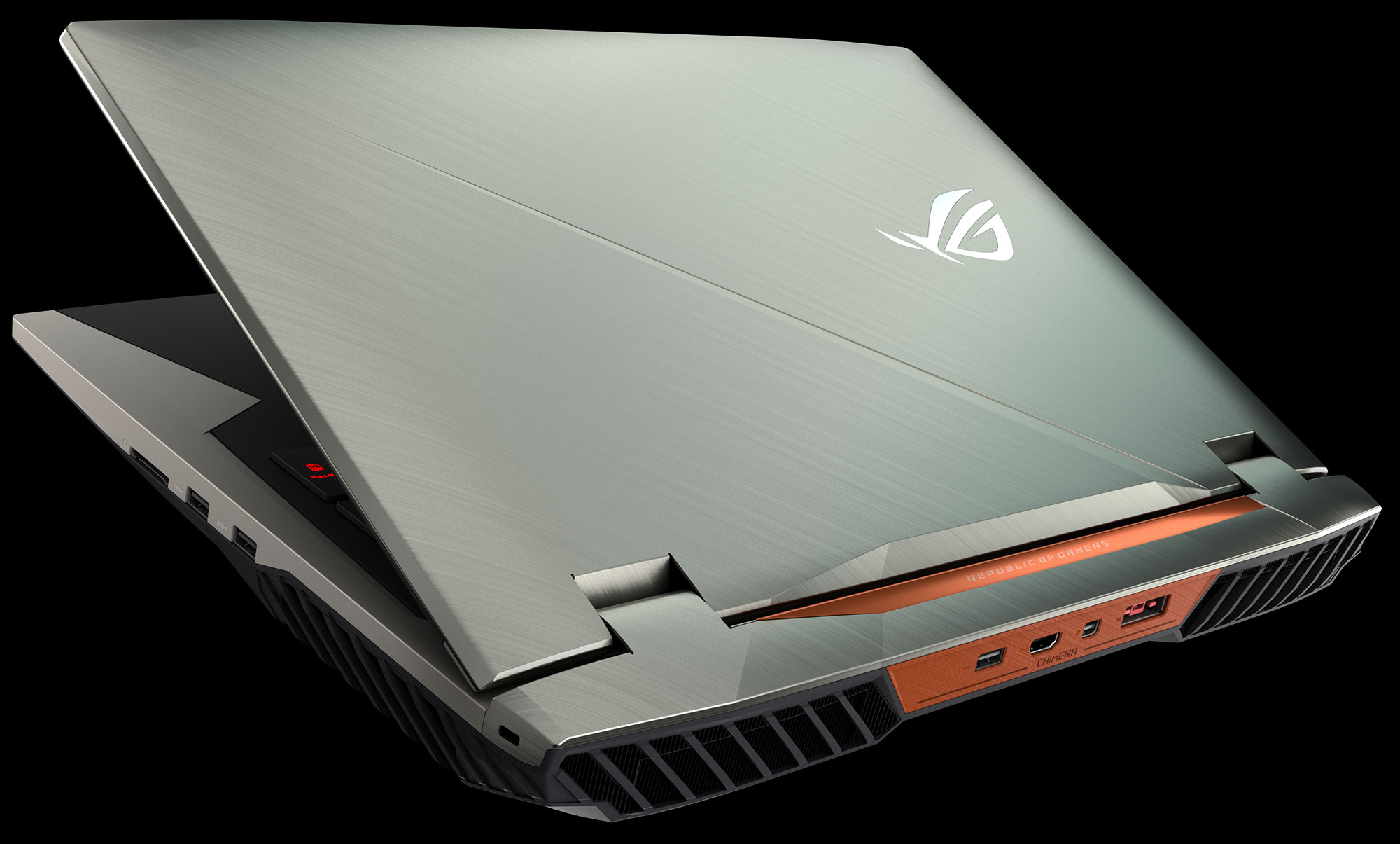
Integrated audio goes High Fidelity
Sound plays a crucial role in gaming, so we’ve enhanced the Chimera there as well. Dual tweeters sit at the base of the display and fire directly toward you, while a pair of larger full-range speakers add depth and volume by shooting out the bottom and bouncing sound off your desk. The four speakers have 10W of output power between them, and smart amp technology carefully monitors the output to prevent damage and distortion when the volume gets turned up to 11.
If you prefer headphones, the Chimera boasts an ESS Sabre HiFi headphone DAC with greater range and less distortion than typical solutions. The chip supports audio up to 32 bits and 384kHz, making the most of high-definition tracks that offer more nuance and detail than standard recordings. Thanks to Sonic Studio III, you can also emulate 7.1-channel surround sound over conventional stereo headsets.
Fast interfaces for everything
With up to 64GB of DDR4-2800 memory onboard, the Chimera has faster RAM than most desktops—and more of it, too. The chassis can hold dual M.2 NVMe SSDs in RAID 0 for peak storage performance, and room for a 2.5” drive provides extra capacity for overflowing game libraries. With some titles pushing nearly 100GB a pop, you’re going to want all the storage you can get.
Tapping into external drives is one way to expand capacity, and options abound. The reversible Type-C port pushes up to 10Gbps via USB 3.1 Gen2 or 40Gbps via Thunderbolt 3. There are four Type-A USB 3.1 Gen1 ports on top of that, leaving plenty of connectivity for both existing and next-gen devices, including the motion trackers required for VR.
External displays get plenty of love from HDMI 2.0, which is ideal for big-screen TVs, and Mini DisplayPort 1.4, which is ready for G-Sync desktop monitors. Both outputs are capable of driving 4K resolutions at 60Hz, as is the Type-C port. You can even connect displays to all three simultaneously for a triple-wide 4K60 setup.
Pricing and availability
The ROG Chimera gaming laptop is available now. You can find North American pricing and availability in the table below. Consult your local ROG or ASUS representative for details on availability and pricing in other regions.
| ROG G703VI-XH78K | |
|---|---|
| CPU | Intel Core i7-7820HK OC |
| GPU | NVIDIA GeForce GTX 1080 OC 8GB GDDR5X |
| Display | 17.3” IPS-type 144Hz G-Sync |
| Resolution | Full HD 1920 x 1080 |
| Memory | 32GB DDR4-2800 |
| Storage | 512GB NVMe RAID 0 (2 x 256GB M.2 SSD) 1TB HDD |
| Networking | Gigabit Ethernet Dual-band 802.11ac Wi-Fi |
| Connectivity | HDMI 2.0, Mini DisplayPort, Type-C Thunderbolt/USB 3.1 Gen2, 4 x USB 3.1 Gen1, 2 x 3.5-mm audio, Bluetooth 4.2, Xbox One wireless |
| Battery | 8-cell 71Wh |
| Dimensions | 16.7" x 12.6" x 2.0" |
| Weight | 10.4 lbs |
| OS | Windows 10 Pro |
| MSRP | $3499 USD $4499 CAD |
| Availability (USA) | ASUS Store Newegg Amazon B&H Best Buy |
| Availability (Canada) | Canada Computers Memory Express Newegg |
Author
Popular Posts
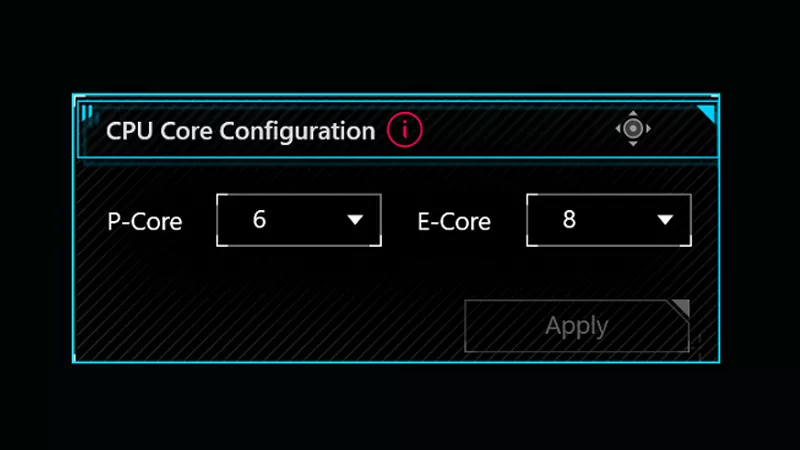
How to adjust your laptop's P-Cores and E-Cores for better performance and battery life
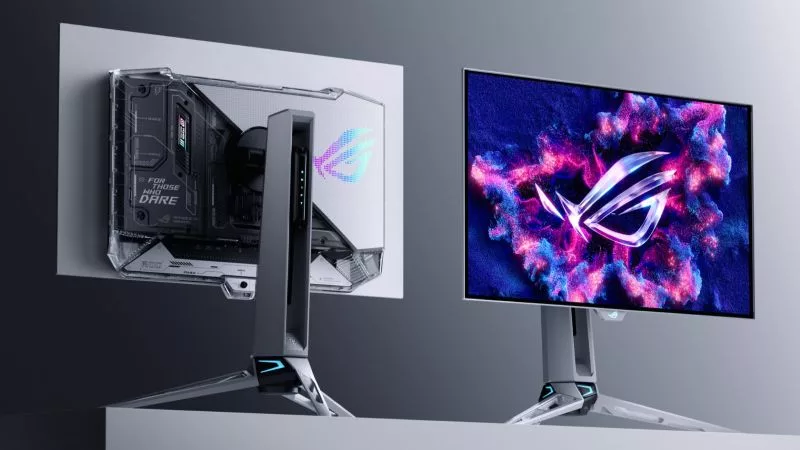
Prepare for Tandem OLED splendor with these new ROG gaming monitors

How to Cleanly Uninstall and Reinstall Armoury Crate
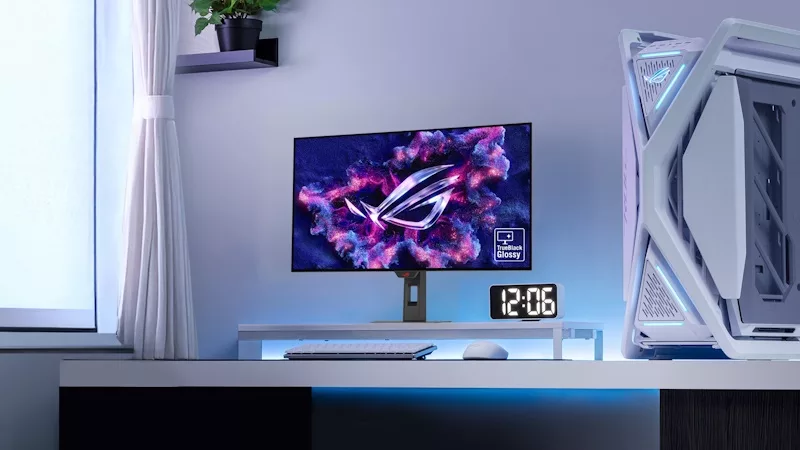
32-inch glossy WOLED panels debut in the ROG Strix OLED XG32UCWMG and XG32UCWG gaming monitors
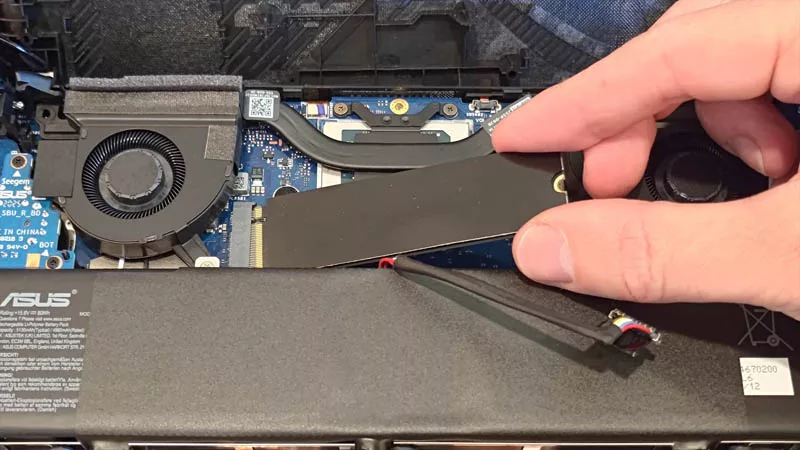
How to upgrade the SSD and reinstall Windows on your ROG Ally, ROG Xbox Ally, or ROG Xbox Ally X
LATEST ARTICLES

Supercharge your play with the new ROG Strix SCAR 17 X3D
For the first time, we’re proud to announce that 3D V-Cache has come to an ROG laptop to create one of the most powerful gaming laptops in existence. Meet the ROG Strix SCAR 17 X3D.

ROG and ACRONYM collaborate once again to reshape the future of mobile computing
ROG and renowned technical apparel firm ACRONYM have joined forces again to leverage their design expertise for an all-new project.
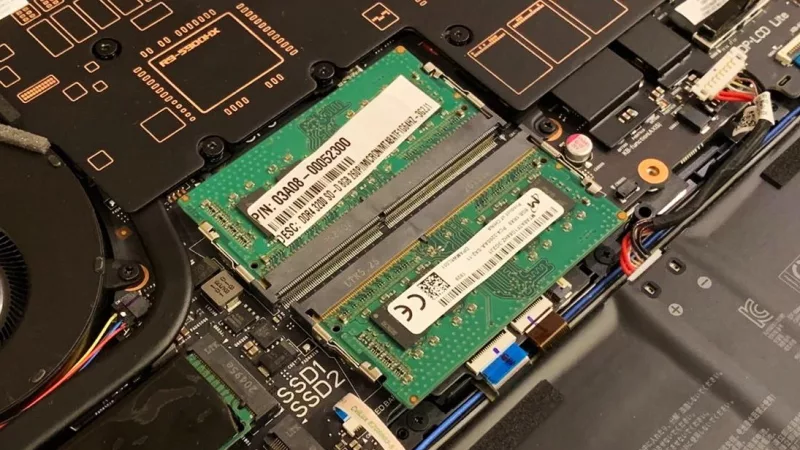
RAM chips are changing. Here's how 2021 ROG laptops are affected
It takes more than a few benchmarks to tell the whole story.
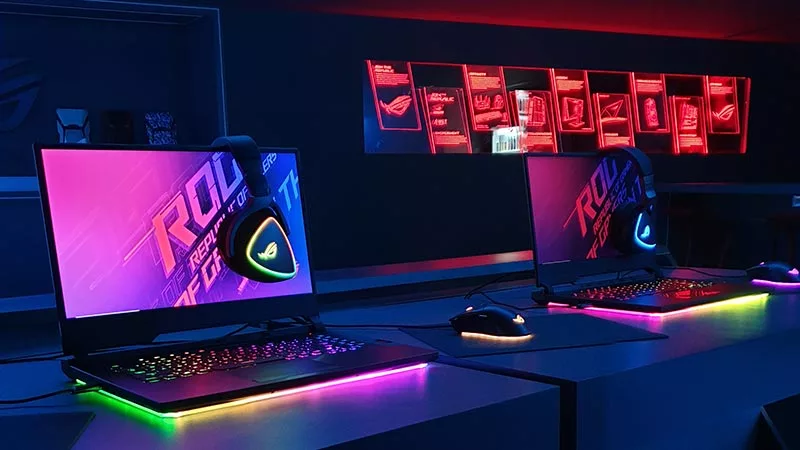
ROG reveals the first 300Hz gaming laptops at IFA Berlin 2019
Our display leadership continues at IFA 2019 with demos of the fastest gaming laptop panels in the world.
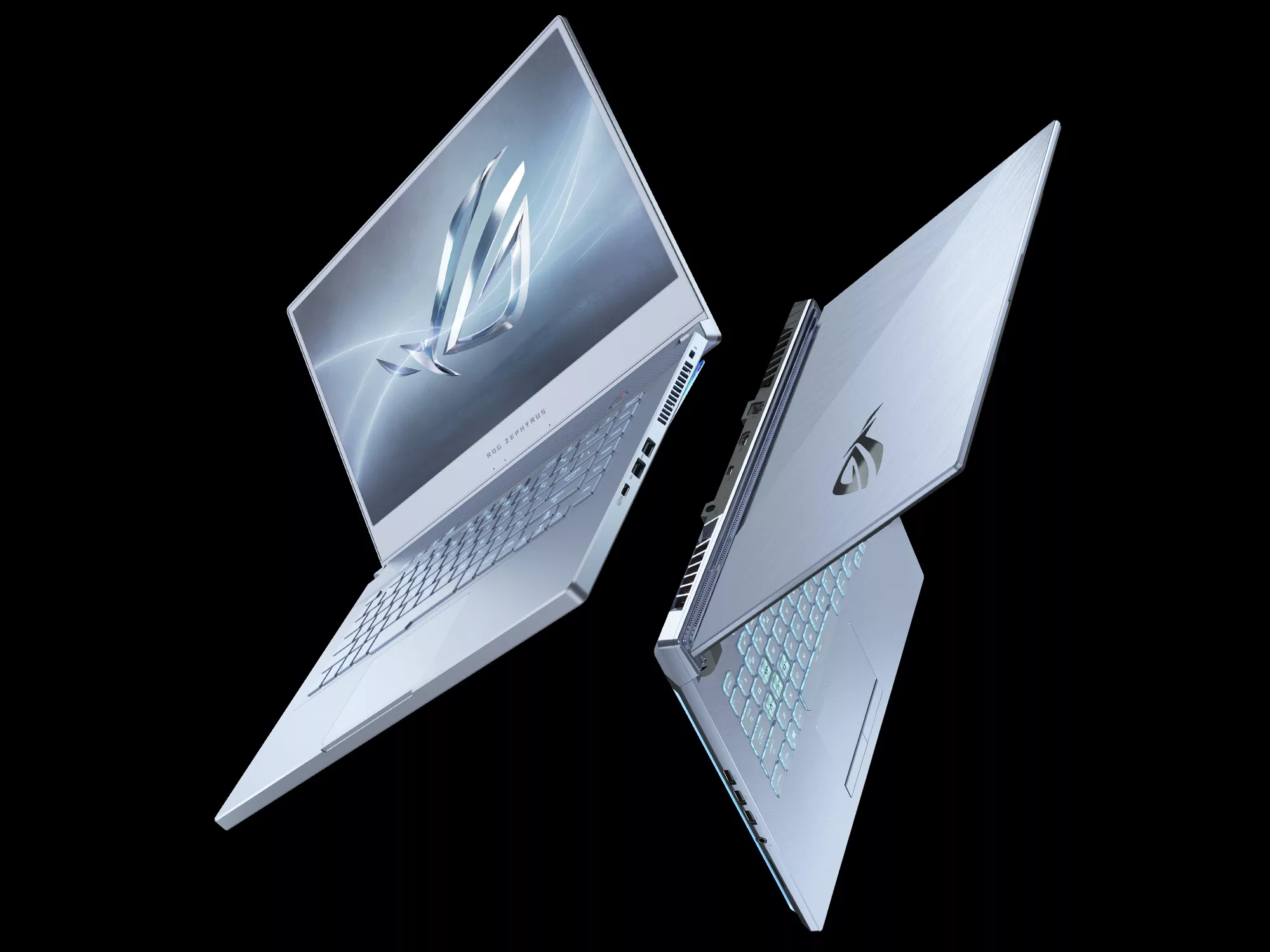
New ROG Zephyrus and Strix laptops chill out in Glacier Blue
Out with the black and in with the blue. See the cool new color we're bringing to gaming laptops.

Celebrating the globetrotting ROG Strix GL502VS with Mexico’s makerspace movement
We take an inside look at Mexico's quickly growing makerspace movement, including 3D printing ROG case mods and designing our very own custom GL502VS cover.

